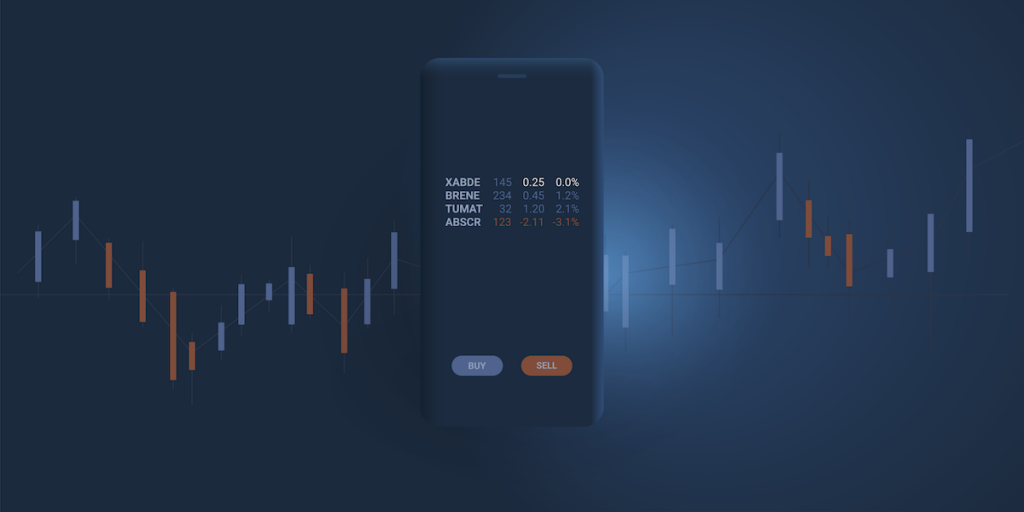Major US Stock Indexes Drop: What Does It All Mean?
Snap! Thus ended the S&P 500’s longest streak in history without a pullback of at least 3 percent. The major U.S. stock indexes capped off their worst weekly performance in two years on Friday following a steep sell-off. The Dow and S&P 500 pulled back 4.1% and 3.9%, respectively. The NASDAQ lost 3.53%. It all happened so quickly. What changed?
Things were looking good!
January began the year with gains in every major index, catapulting investors into record highs. The DOW and the S&P 500 had their best monthly gains since March 2016, and the NASDAQ experienced its biggest one month gain since October 2015.
And that wasn’t all. The economy has had some other reasons to celebrate:
- Equities benefited from strong economic data and solid corporate earnings growth at the start of the year.
- The American economy added 200,000 more jobs (more than anticipated) leaving the U.S. jobless rate at 4.1%. The lowest rate since 2000.
- Eighteen states began the year with higher minimum wages.
- Some companies recently announced bonuses following the generous reduction in U.S. corporate tax rates.
- Government statistics show a resurgence in factory activity, and a rebound in housing.
Could all this good news be too good?
While things are looking up for many U.S. workers, the overall market effect could be one of inflation. If American workers are getting paid more, companies might start charging more for their goods or services, potentially raising inflation. The low jobless rate could also pose a threat. At 4.1% the jobless rate might bring us closer to the “maximum unemployment” point. A very illusive point where companies have trouble filling jobs, and in turn might have to raise wages. Again, potentially raising inflation.
To offset the momentum of good news and stave off inflation concerns, there was a noticeable increase in interest rates recently. This is what appears to have rattled Wall Street. Although an interest rate rise is the normal and expected response, it is a difficult reality. Record low interest rates propelled the stock market and the economy for nearly nine years.
Yet it appears to be a Catch 22: As the job market and economy gain a solid foundation, interest rates rise to slow it down.
It is not unusual for the stock market to pull back during interest rate increases and periodic market drops normally occur roughly once a year. They are viewed as healthy because they clean things out and help curtail overly exuberant investment markets.
However, the U.S. financial market hasn’t suffered a setback as big as last week’s since February 2016. In fact, the market hasn’t suffered a 5% drop, or pullback, since June 2016, when England’s Brexit vote to leave the European Union shocked investors.
The S&P 500 went 448 days without a decline of 3%, according to Bespoke Investment Group. This is the longest streak in history. While the streak has ended, last week may not be the beginning of a 10% to 20% decline signaling a recession.
The overall good news is still there. Solid earnings exists in every sector. The tax break provides government stimulus. Jobs and wages are up, and so are manufacturing and housing. Perhaps there may be a rose colored tint to the glass, and last week may actually be the beginning of a buying opportunity.
Respectfully submitted,
Kyra H. Morris, CFP®
For more information on financial planning, contact one of the Certified Financial Advisors at Morris Financial Concepts.
Sources:
Bloomberg – Dow Plunges 666 Points as Rage Angst Sinks Bonds: Markets Wrap
The Atlantic– The Dow Just Had Its Worst Week in Two Years
Bloomberg– US Adds 200,000 Jobs; Wages Rise by Most Since Recession


